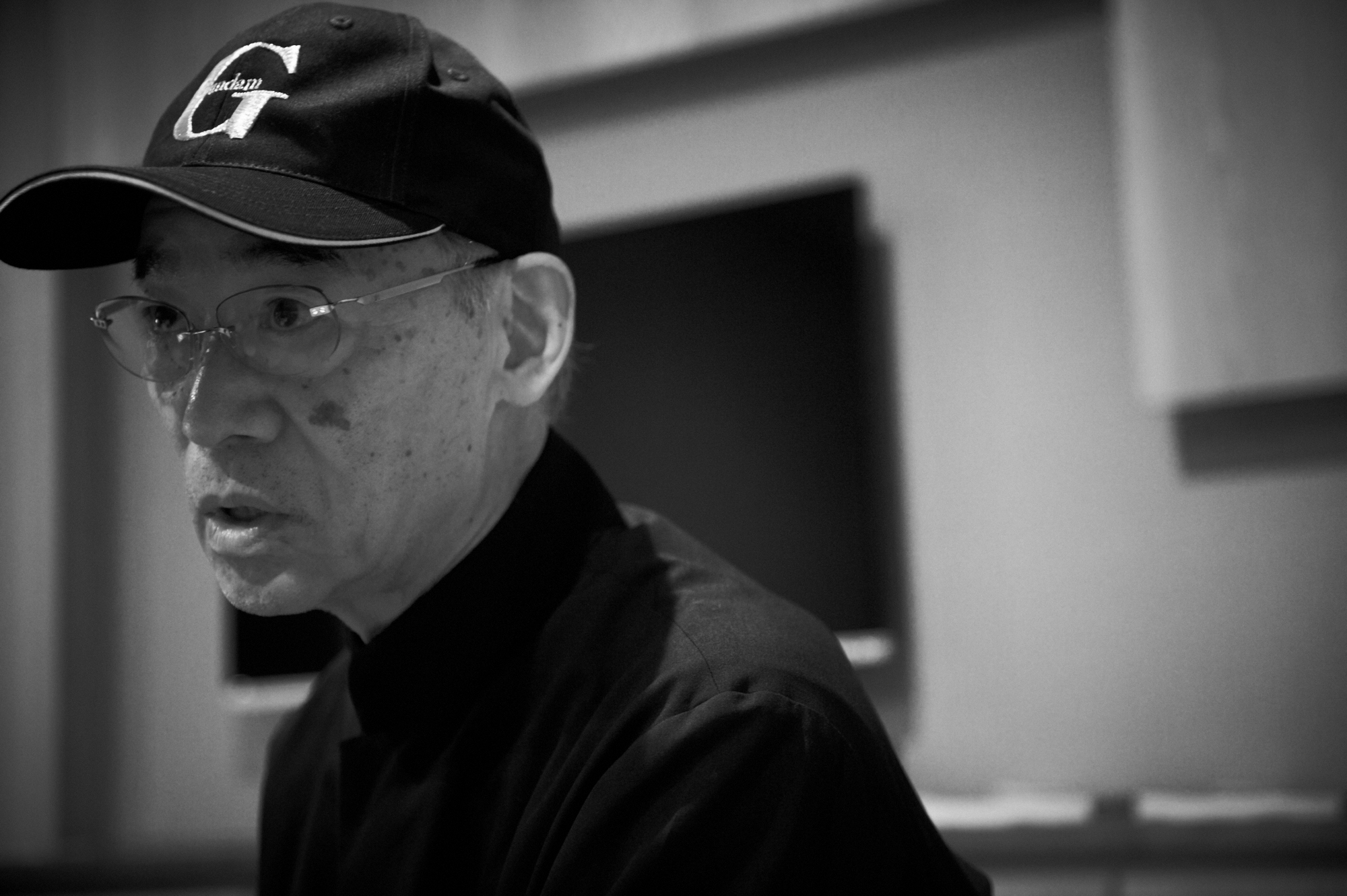
The Tokyo International Film Festival (from hereon, TIFF) started on Oct. 22 and is being held for 10 days. This year’s anime feature is none other than Gundam. The show’s creator, Yoshiyuki Tomino, appeared at the talk show hosted as part of this special project and also found time in his busy schedule to give a combined interview to overseas media.
Yoshiyuki Tomino’s Profile
Japanese anime director, scriptwriter, and producer. Born in 1941, he began his activities at the dawn of Japanese anime, taking part in the production of Japan’s very first serialized anime Astro Boy and Space Battleship Yamato, among others. Mobile Suit Gundam—which he directed, wrote, produced, made the storyboard, and even wrote lyrics for—became a social phenomenon bringing forth wildly enthusiastic fans. Later, he continued taking part in many of the subsequent shows and films of the currently still ongoing Gundam series. In 2014, he took the seat of supervising director for the first time in 15 years since Turn A Gundam and made Gundam Reconguista in G. He was also involved in numerous anime besides the Gundam series, such as Space Runaway Ideon and Aura Battler Dunbine.
Reality as the Motivating Force Behind Creation
―The Gundam series is one of the special features of this year’s TIFF. Please tell us about the appeals of Gundam movie adaptations in comparison to the series.
Yoshiyuki Tomino (T): I basically had the movie adaptations made to make the message easier to get through. In TV size, the content is too fragmented, so I wanted give the fans a more exhilarating feel of the story by summarizing a few episodes, to make them realize, “Oh, so this is what it was about.” I thought, even if it was just a compilation, a movie adaptation would be easier to understand and easier to get through to the audience, and this is why I wanted the movie adaptations up through Mobile Suit Zeta Gundam made.
―In your newest Gundam production, the TV anime Gundam Reconguista in G, you adopted the idea of a space elevator, and, as you mentioned in one of your Japanese interviews, you are also trying to shed the concept of “Newtype.” Where do all these new ideas and challenges come from? What’s the source of your creative urge?
T: I’m a person who can’t make a story in an anime, manga, or novel kind of way, which is why everything real is my motivation.
―Reality is your motivation?
T: For instance, letting the people who came up with the foolish idea of a space elevator know the extent of their foolishness by making them go ”What the…?!” Or using my feelings toward certain things such as “What’s with the present political system and international situation?!” as motivation and launch a counterattack against them.
―A counterattack.
T: See, I don’t think you can make something like that space elevator in reality. I thought, if we were to make it in the real world, it could only come into existence in the form I showed in Gundam Reconguista in G. I want to say, “Did you think about the transportation infrastructure for making the space elevator? Of course you didn’t. It’s fine as long as it goes to space. That’s stupid!”
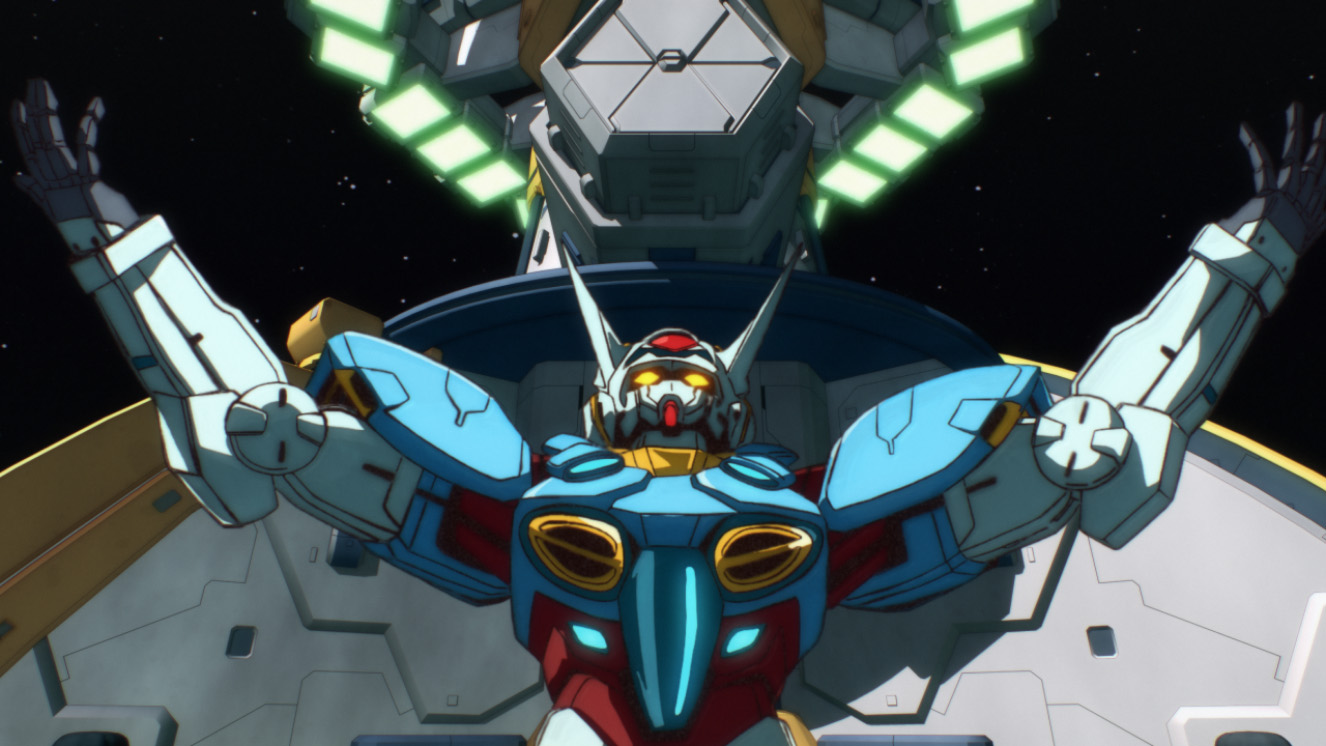
The Gundam Series as Works of Art, as Indicated by the Large Number of Female Fans
―In the 35 years you’ve been working on the Gundam series, a shift in the audience seems to have occurred. Due to the change in world affairs and the internet environment, people from all around the world became able to watch your works. Is there a special way you would like them to see those works, is there something you would like them to feel?
T: I don’t think that’s for the creator to say or expect. When making Gundam Reconguista in G, I interacted with fans for the first time in a long while, and I realised that without a doubt, there is such a thing as “present fans,” and that different people look at it in a different way. Did you know that most of the early fans of Mobile Suit Gundam, the very first in the series, were girls?
―That’s very surprising for a franchise such as Gundam, where you would expect most fans to be male.
T: You didn’t know that, right? I witnessed a similar phenomenon this time, too. I realized that I wasn’t wrong in my way of making the anime and movies.
―What do you mean by that?
T: Films, anime—that is, art—isn’t something that only experts should enjoy watching. If you think like this, you will realize that even if you make something mecha fans would like, it wouldn’t necessarily be considered a piece of art.
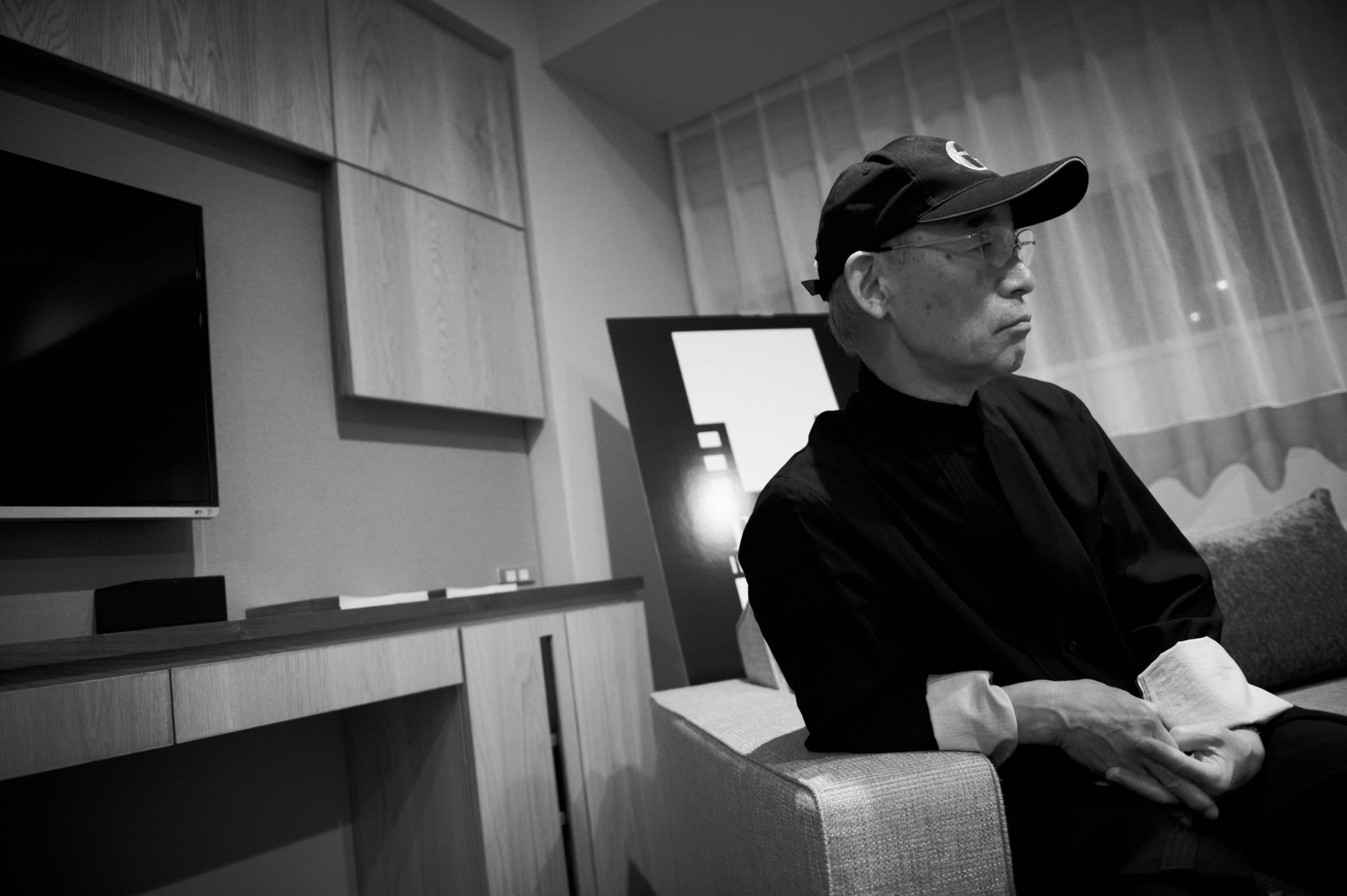
Which is why when I saw the female fans it gathered (and I saw the same kind of tendency this time as well), I thought, “There’s no mistake here.” I think this might beGundam’s chance to become known worldwide. If its only highlight was the mecha, it could only acquire a narrow base of fans even if it were to spread throughout the world. And if such was the case, it wouldn’t be worth going through all the trouble of making a theatrical. It costs too much and it would be a waste of money. I don’t want to do such a thing.
―What gave you the impression that there are female fans?
T: It was after production was fully concluded that I saw the signs. When all of it was over, I went to a gathering of those who bought the Blu-ray, and I was surprised to see some girls finally set foot inside. In the beginning, only those who like it in a “Tomino is doing a late night TV anime after 15 years” way came, so I seriously felt like it would be a waste of time. But when I went to a fan gathering after the production, out of the 40 people, about 15-16 were girls under the age of 20.
―That’s a lot.
T: And producers and writers of later Gundam series are too unaware of this sensation. I can’t forgive how they so blatantly ignore it. No, it’s not really about forgiving, it’s more like they have bad intuition. Creating art isn’t like that.
―So you are saying a creator takes the customer, the audience, more into consideration.
T: Exactly. Still, you can’t let someone be a maker who thinks like, “We can make aGundam so it’s fine.” In other words, on top of having a sense for liking movies or theater, if no more creators come along, the Gundam world won’t be able to expand any further.
Mobile Suit Gundam: Advocation of Anti-War Sentiments and Taking the Western World into Account
―What’s your reason behind depicting the war from both sides in the Gundam series? Also, did you ask people who have experience about war for the production?
T: Those who grew up in the 1960s have at least a minimal understanding of the memories retained by Japanese people about the war that happened 20 years ago. Besides that, I was able to observe what could be called military history. Those were my basic resources.
At the time, most war accounts were from the viewpoint of one side. However, when you think about how a battlefield is made up of a few hundred or a few hundred thousand people amassing on each side, if it weren’t for both sides standing up for their justice, such a thing as a battlefield probably wouldn’t even come into existence.
Since most of these stories were written from one standpoint, I felt it would be nice to have a story showing both sides from an overhead angle. And after that it was making the TV series a long one, even though it’s a robot anime. I supposed the war setting would provide a lot of material to depict for both sides, and in Gundam, I aimed to create a story capturing both allies and enemies.
Especially since anime is something people usually watch at a younger age, if you only tell about the principles and the position of one side, you will inevitably end up influencing their thoughts in a sense. This had me concerned, which was the other reason I put great care into looking at the situation—war—from a high angle.
―Are there anti-war sentiments in the first generation Mobile Suit Gundam, where you acted as supervising director?
T: Of course. Absolutely true.
―You depict two personalities in Char and Amuro. When creating them, did you make them together from the start or was it one by one?
T: If you only have one character to establish the play, no dramatic conflicts will occur, so I make it a process of creating the characters together.
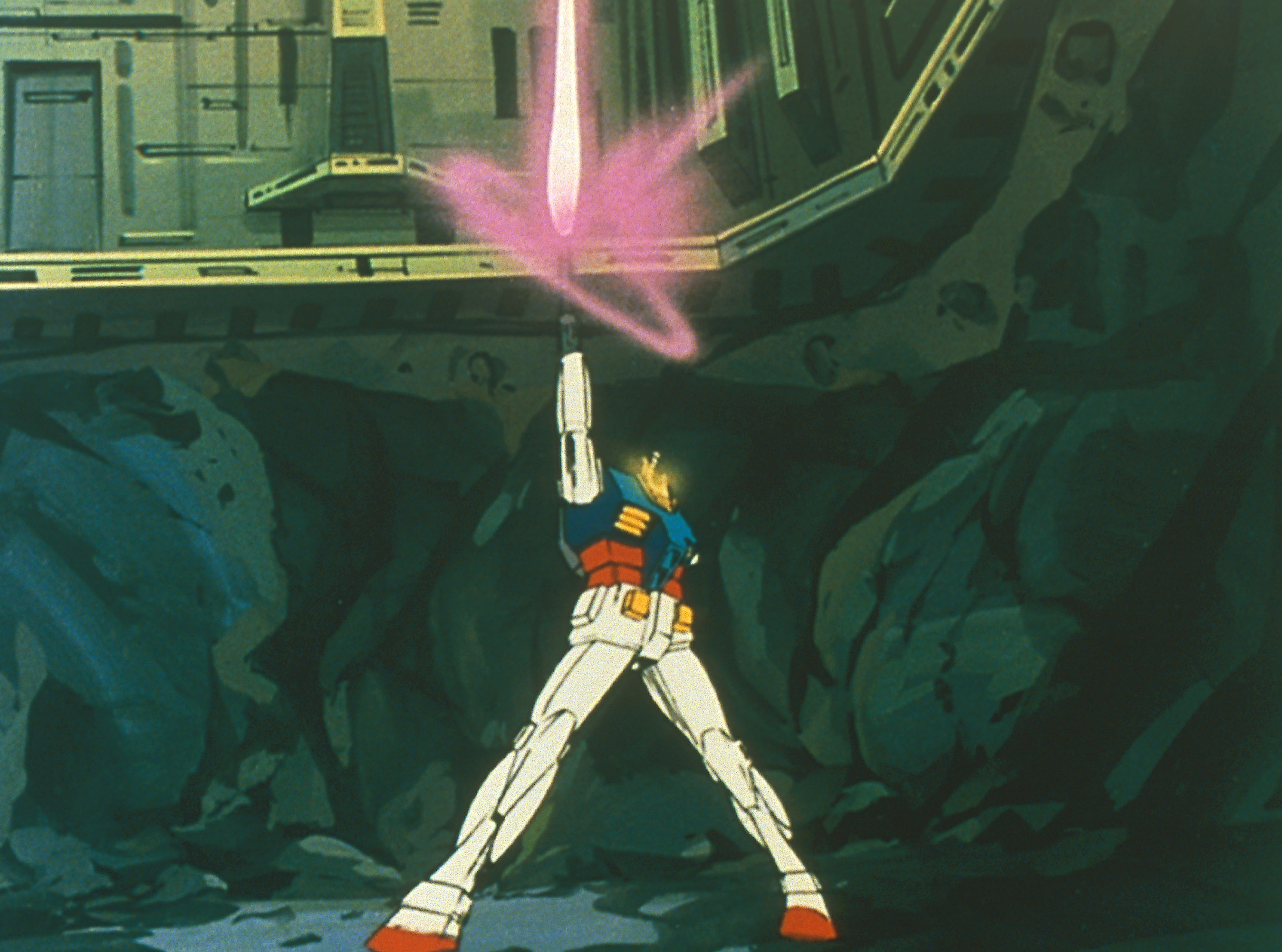
―If we compare Char and Amuro, who is more important? Or do you consider them characters of equal weight?
T: Now that’s a hard question. In the process of direction and establishing the play, Char is more interesting. However, since I placed Amuro as the main character of the story, I have to create situations to make him a character I can oppose to Char. In Amuro’s case, finding the balance was really hard since I made him too much of an ordinary person.
Paying Respect to the Predecessors and Sending an Heir to Children of the Future
―In Mobile Suit Gundam, there are so many slap scenes that even a famous line “Even my father didn’t hit me!” was born. Do you consider that an important scene?
T: Yes. I’m very conscious about it and I perceive it as something important. What I want to say is that in a sense, children need you to show them a clear example. Such things also exist in the European cultural sphere, for instance, in college life, relationships with one’s seniors and juniors, and in the past, even whipping and such was accepted. In the impression of modern people, who replaced all similar behavior with the word “violence,” there are instances when such things are considered arbitrary, and although kind, still arbitrary violence.
Which is why I think it’s okay to have such behavior in a play or fiction, because people sometimes encounter situations where they have to overcome their pain.
>―About your character Char, if we were to say he was inspired by the Red Baron 1 of World War I, what points did you take as reference?
T: Back in that day, of course, I used him as a reference. The problem is this: Upon researching the career of the Red Baron, you realize that the merits of one pilot, one soldier, no matter how great they are, have basically no influence on the whole aspect of a war.
There is something I learned about that time through WWI. This thing called chivalry still existed during that era, and both Prussia and the Allied Powers deeply respected soldiers. But that respect disappears during the civil war that followed in military history. I wanted to consider this problem when adopting the subject. Wasn’t incorporating something similar to the relationship between Prussia and France and the British Empire with the Red Baron in the center of it in the spirit of people of the past who don’t make war atrocious? This is what I wanted to depict.
This is something I actually wanted to tell people in the Christian cultural sphere more, since Japanese people just don’t see this. They don’t notice at all. They are indifferent to the point it’s almost offensive. It is because of this kind of background that I take it to heart when people treat Gundam as an ordinary robot anime.
―Lastly, the Gundam series has fans all around the world. Please send a message to your new fans and audience out in the world.
T: If there are those among you who started thinking about something because ofGundam, it’s time you broke out of it. And if you can’t find your answer, throw the question at the next generation and try to get an answer from them. That’s the kind of adult we want to be.
I think that the next generation, that is, children, will know why Gundam was depicted in the same way over and over again, that they will see something similar to human boundaries in it. I want you to break through those boundaries. Gundam struggles hard throughout the entire series to break them down. I would be grateful if you looked at it this way.
1 An alias of Manfred Albrecht Freiherr von Richthofen, the ace pilot of the German army during the First World War. He got his nickname from painting his fighter red.
Tokyo International Film Festival 2015
This is a Tokyo Otaku Mode original article written by Kohji Sakurai and translated by Barbara Tar. Photos by Tetsuya Hara.
More from Tokyo Otaku Mode
- “Terra Formars” Movie Trailer Shows “Them,” Ends with Shocking Scene
- Japan’s Great Toilet Paper Messages
- Over 62,000 Attend Animate Girls Festival 2015
- Girls und Panzer, Madoka Magica, Free!, Steins;Gate — Otaku News #28 (11/10/2015)
- “We Will Not Abide Bad Sushi!” – CG Anime “Sushi Police” Teaser Posted

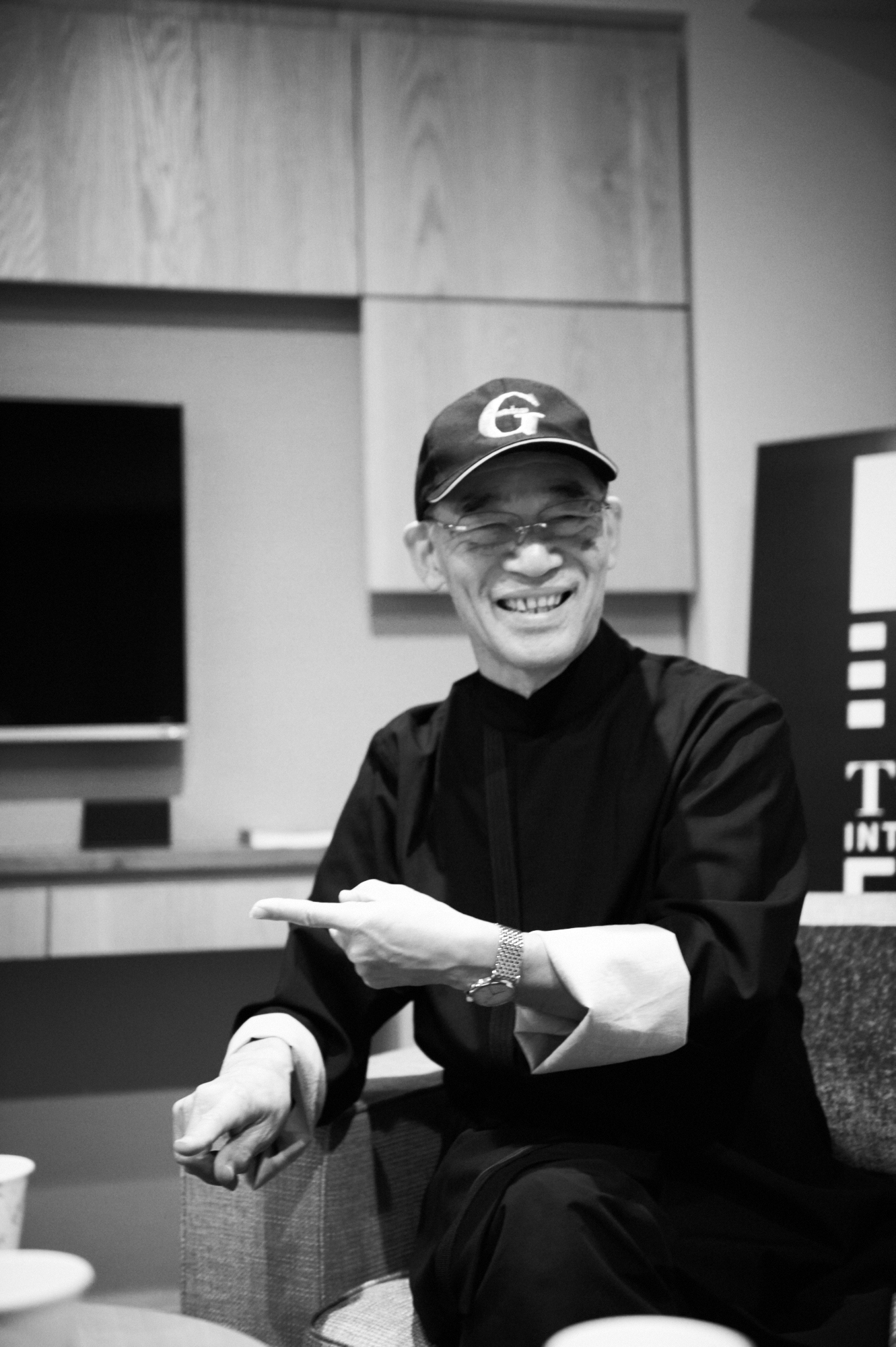
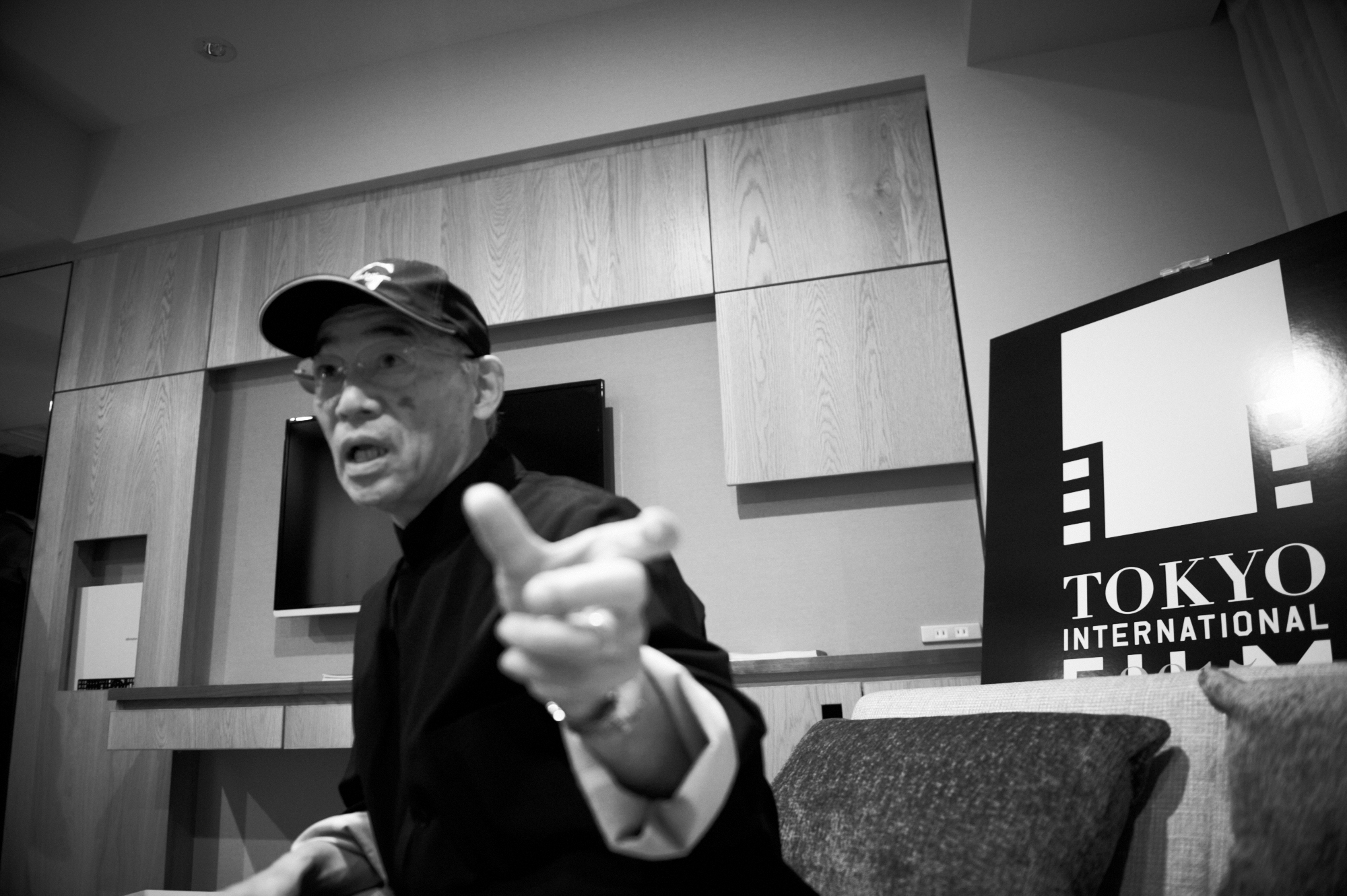
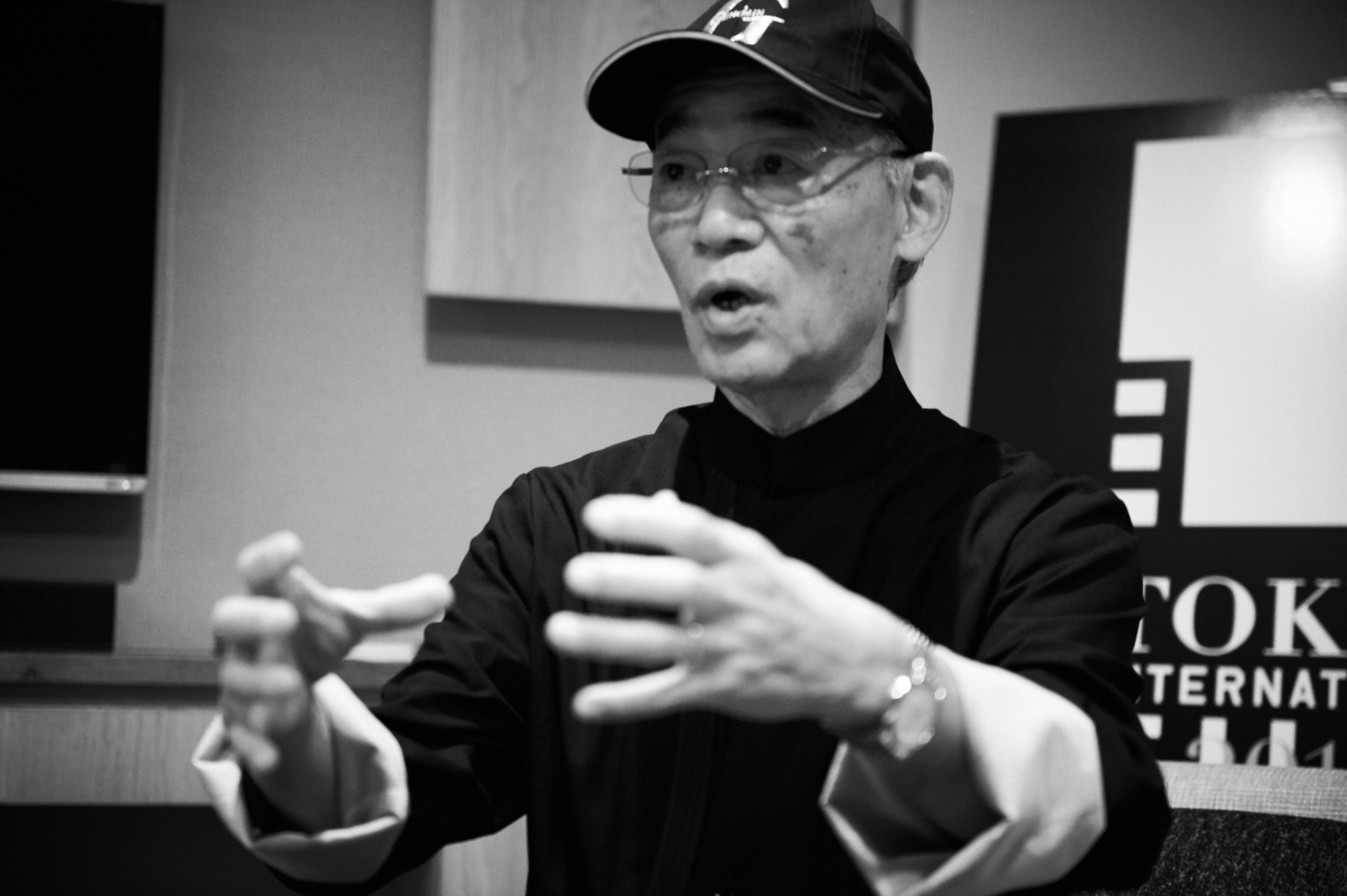
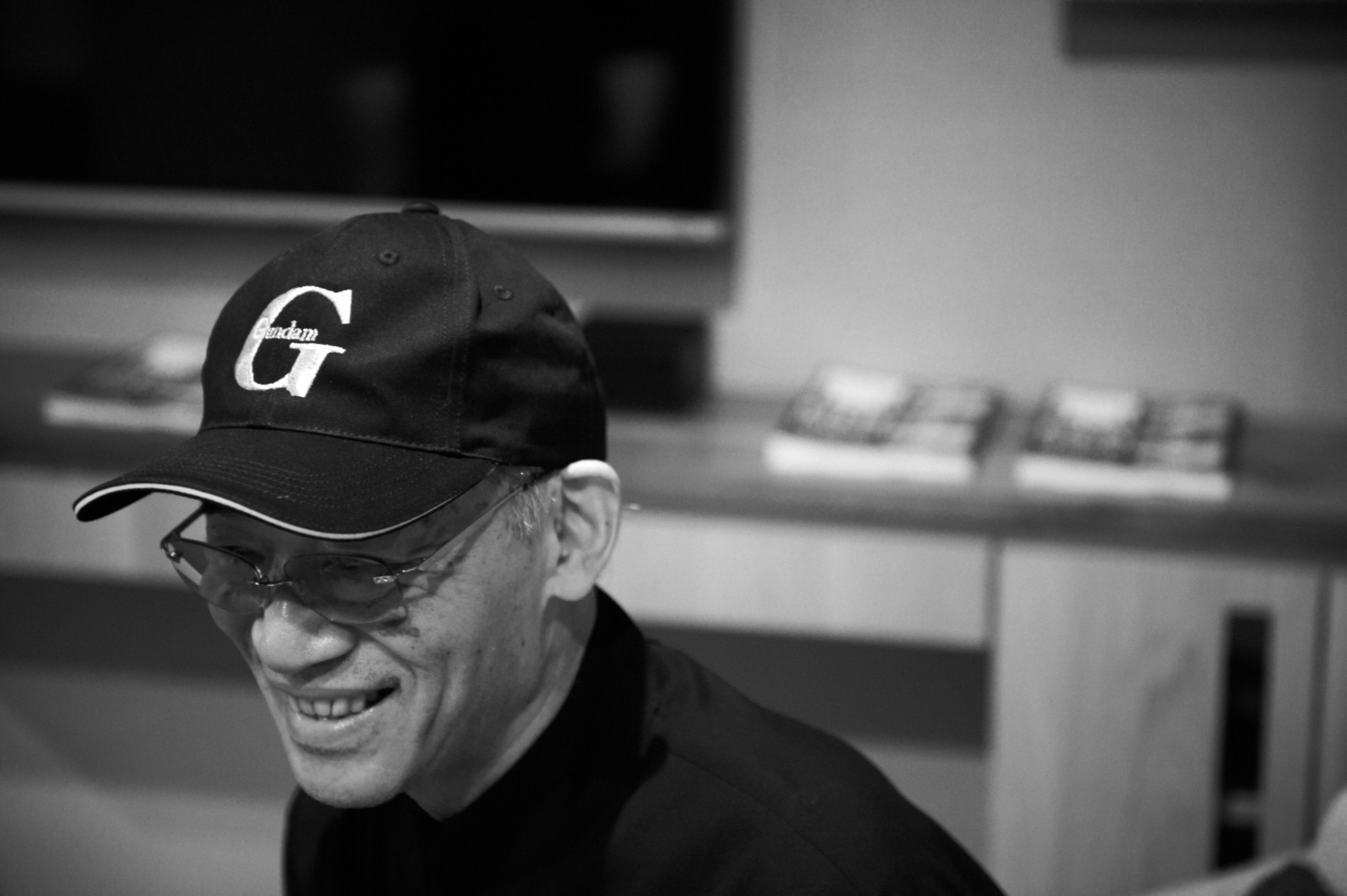
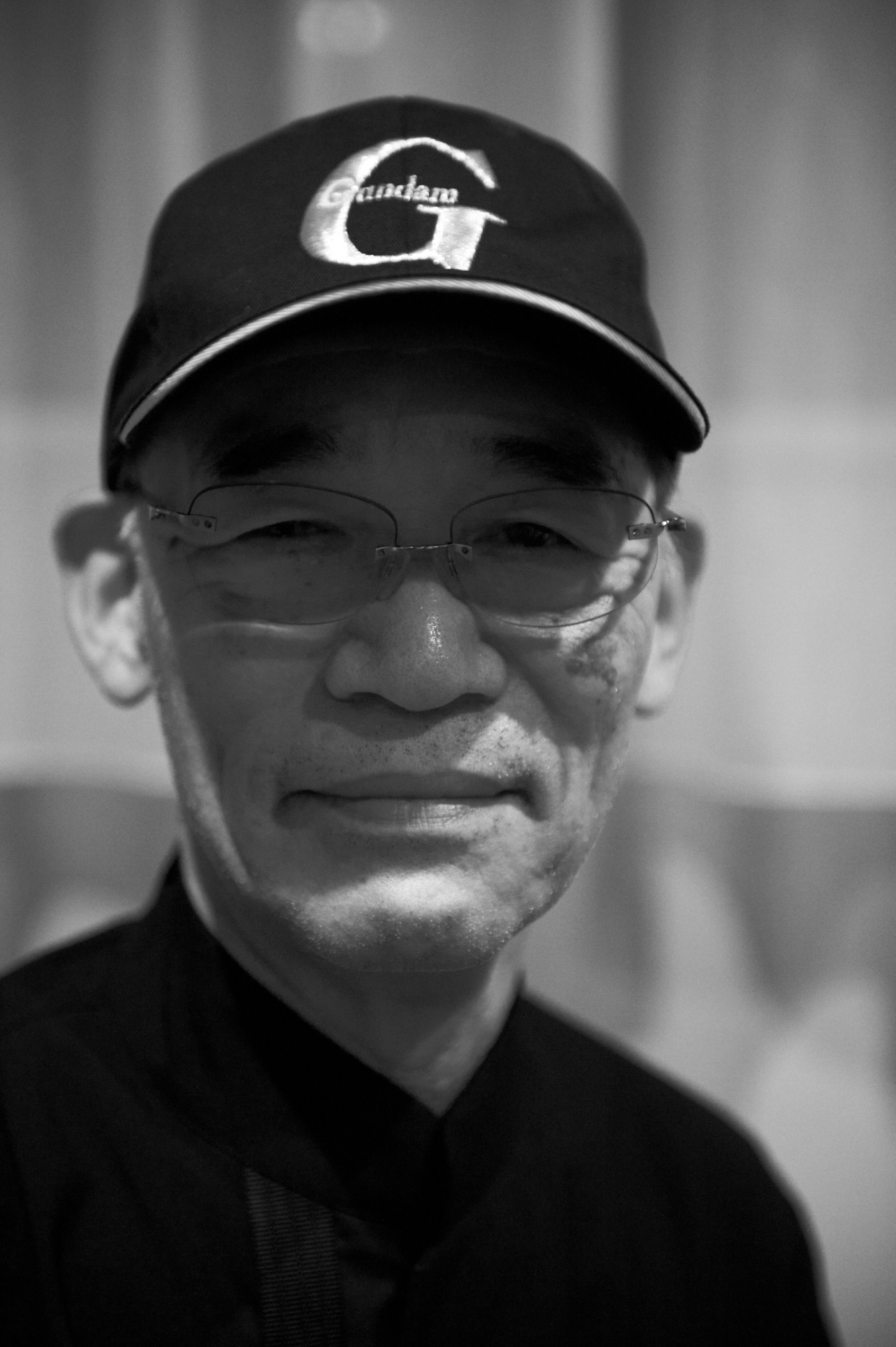
 GPS-lacking Gundam gets lost on the streets of Taiwan, asks locals for directions
GPS-lacking Gundam gets lost on the streets of Taiwan, asks locals for directions Gundam metaverse’s Gunpla scan/share system plans to connect fans from all countries and angles
Gundam metaverse’s Gunpla scan/share system plans to connect fans from all countries and angles Japanese anime voice actor touched by fan’s incredibly selfless gift at Animate store
Japanese anime voice actor touched by fan’s incredibly selfless gift at Animate store The 10 best anime of the fall season, according to Japanese otaku
The 10 best anime of the fall season, according to Japanese otaku Hello, cosmetics! Clinique teams up with Hello Kitty this summer for first-time collaboration
Hello, cosmetics! Clinique teams up with Hello Kitty this summer for first-time collaboration Demon Slayer: Kimetsu no Yaiba gets new roller coaster attractions and food at Universal Studios Japan
Demon Slayer: Kimetsu no Yaiba gets new roller coaster attractions and food at Universal Studios Japan How to order snacks on a Shinkansen bullet train in Japan
How to order snacks on a Shinkansen bullet train in Japan High-fashion Totoro cuddle purse is like an elegant stroll in the forest【Photos】
High-fashion Totoro cuddle purse is like an elegant stroll in the forest【Photos】 Japan’s new difficult-to-drink-from beer glass protects your liver, but it’s a brutal experience
Japan’s new difficult-to-drink-from beer glass protects your liver, but it’s a brutal experience Kyoto Tower mascot termination reveals dark side behind cute Japanese characters
Kyoto Tower mascot termination reveals dark side behind cute Japanese characters Edible 10-yen coins become a hot new trend in Tokyo【Taste test】
Edible 10-yen coins become a hot new trend in Tokyo【Taste test】 Tsukiji Fish Market Vendor Releases Tuna For Home Assembly
Tsukiji Fish Market Vendor Releases Tuna For Home Assembly A visit to the best UFO catcher arcade in the universe!
A visit to the best UFO catcher arcade in the universe! New samurai glasses are Japan’s latest weird must-have souvenir
New samurai glasses are Japan’s latest weird must-have souvenir Nintendo history you can feel – Super NES, N64, and GameCube controllers become capsule toys
Nintendo history you can feel – Super NES, N64, and GameCube controllers become capsule toys “The most Delicious Cup Noodle in history” – Japan’s French Cup Noodle wins our heart【Taste test】
“The most Delicious Cup Noodle in history” – Japan’s French Cup Noodle wins our heart【Taste test】 Starbucks releases a cute Frappuccino and Unicorn Cake…but not in Japan
Starbucks releases a cute Frappuccino and Unicorn Cake…but not in Japan McDonald’s Japan’s Soft Twist Tower: A phantom ice cream only sold at select branches
McDonald’s Japan’s Soft Twist Tower: A phantom ice cream only sold at select branches Yabai Ramen: What makes this Japanese ramen so dangerous?
Yabai Ramen: What makes this Japanese ramen so dangerous? Finally! Nintendo Japan expands Switch 8-bit controller sales to everybody, Online member or not
Finally! Nintendo Japan expands Switch 8-bit controller sales to everybody, Online member or not Japanese government wants to build luxury resorts in all national parks for foreign tourists
Japanese government wants to build luxury resorts in all national parks for foreign tourists To combat declining birth rate, Japan to begin offering “Breeding Visas” to foreigners
To combat declining birth rate, Japan to begin offering “Breeding Visas” to foreigners 10 things you should buy at 7-Eleven in Japan
10 things you should buy at 7-Eleven in Japan Studio Ghibli releases anime heroine cosplay dresses that are super comfy to wear
Studio Ghibli releases anime heroine cosplay dresses that are super comfy to wear Woman charged for driving suitcase without a license in Osaka
Woman charged for driving suitcase without a license in Osaka Studio Ghibli unveils My Neighbour Totoro miniature house model
Studio Ghibli unveils My Neighbour Totoro miniature house model Kyoto experiencing problems with foreign tourists not paying for bus fares, but not on purpose
Kyoto experiencing problems with foreign tourists not paying for bus fares, but not on purpose Fighting mild hunger with a Japanese soda that turns into jelly in the stomach【Taste test】
Fighting mild hunger with a Japanese soda that turns into jelly in the stomach【Taste test】 Studio Ghibli’s Howl’s Moving Castle tapestry unveiled in Japan for first time
Studio Ghibli’s Howl’s Moving Castle tapestry unveiled in Japan for first time McDonald’s new Happy Meals offer up cute and practical Sanrio lifestyle goods
McDonald’s new Happy Meals offer up cute and practical Sanrio lifestyle goods Sales of Japan’s most convenient train ticket/shopping payment cards suspended indefinitely
Sales of Japan’s most convenient train ticket/shopping payment cards suspended indefinitely Sold-out Studio Ghibli desktop humidifiers are back so Totoro can help you through the dry season
Sold-out Studio Ghibli desktop humidifiers are back so Totoro can help you through the dry season Japanese government to make first change to romanization spelling rules since the 1950s
Japanese government to make first change to romanization spelling rules since the 1950s Foreigner’s request for help in Tokyo makes us sad for the state of society
Foreigner’s request for help in Tokyo makes us sad for the state of society Ghibli founders Toshio Suzuki and Hayao Miyazaki contribute to Japanese whisky Totoro label design
Ghibli founders Toshio Suzuki and Hayao Miyazaki contribute to Japanese whisky Totoro label design Doraemon found buried at sea as scene from 1993 anime becomes real life【Photos】
Doraemon found buried at sea as scene from 1993 anime becomes real life【Photos】 Tokyo’s most famous Starbucks is closed
Tokyo’s most famous Starbucks is closed Princesses, fruits, and blacksmiths: Study reveals the 30 most unusual family names in Japan
Princesses, fruits, and blacksmiths: Study reveals the 30 most unusual family names in Japan Grand opening date announced for Japan’s new moving life-size Gundam anime robot
Grand opening date announced for Japan’s new moving life-size Gundam anime robot Japan’s moving life-size Gundam statue adds new Witch from Mercury sequence to its move set
Japan’s moving life-size Gundam statue adds new Witch from Mercury sequence to its move set Great Gundam news! Japan’s life-size moving giant robot statue won’t close down this year after all
Great Gundam news! Japan’s life-size moving giant robot statue won’t close down this year after all McDonald’s Japan gives us a taste of the anime world with new series of Gundam burgers
McDonald’s Japan gives us a taste of the anime world with new series of Gundam burgers It’s not Gunpla, it’s Gunele! Witch from Mercury fan builds awesome Gundam Aerial from Legos【Pics】
It’s not Gunpla, it’s Gunele! Witch from Mercury fan builds awesome Gundam Aerial from Legos【Pics】 End of the line for Gundam Cafe as entire chain announces permanent closure
End of the line for Gundam Cafe as entire chain announces permanent closure In these non-sober quarantine days, use your leftover alcohol bottles for Gundam models【Pics】
In these non-sober quarantine days, use your leftover alcohol bottles for Gundam models【Pics】 Brand-new Gundam Cafe, biggest branch yet, to open in Osaka this month
Brand-new Gundam Cafe, biggest branch yet, to open in Osaka this month Drink your tea in style with the new Zaku mobile suit-shaped heavy iron teapot
Drink your tea in style with the new Zaku mobile suit-shaped heavy iron teapot Mobile pouch curry: Gundam Cafe curries now sold online
Mobile pouch curry: Gundam Cafe curries now sold online Director of The Boy and the Beast, Summer Wars explains why he rarely casts anime voice actors
Director of The Boy and the Beast, Summer Wars explains why he rarely casts anime voice actors Woman fears dick pic when man suddenly sends picture of “his Gundam,” love story ensues instead
Woman fears dick pic when man suddenly sends picture of “his Gundam,” love story ensues instead Real-world Gundam rations now on sale in Japan【Photos】
Real-world Gundam rations now on sale in Japan【Photos】 Best field trip ever? Japanese schoolkids get to control the full-scale moving Gundam’s hand
Best field trip ever? Japanese schoolkids get to control the full-scale moving Gundam’s hand
Leave a Reply